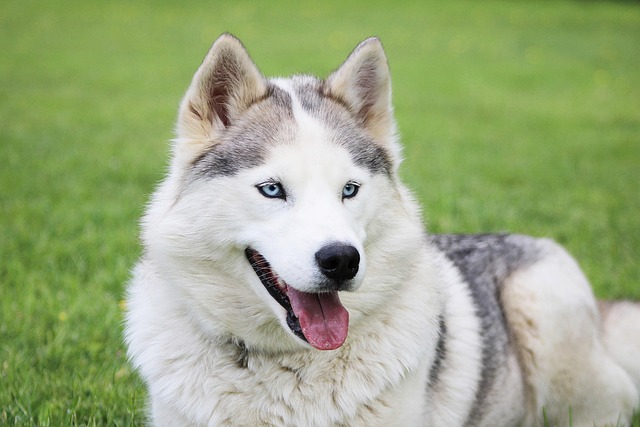
What is glaucoma in a dog?
You might notice your dog squinting more at mealtime or avoiding bright sunlight—these small changes could be early signs of a serious eye condition.
I’ll open with a scenario every new U.S. dog parent knows: You’re wiping your 5-month-old Golden Retriever’s paws after a walk in Denver’s park, and he flinches when you touch his front paw. Peering closer, you spot a tiny thorn stuck in his pad—you had no idea it was there, and guilt sets in: How often should I check my dog’s paws for any abnormalities to catch this earlier? This oversight is common, and the answer hinges on balancing routine and awareness, not just “checking off a box.”
The science ties to how a dog’s paws are built and how they communicate pain. Paw pads have a tough keratin outer layer, but they’re full of nerve endings—even small cuts or thorns cause discomfort. Unlike humans, dogs don’t whimper for minor pain; they compensate by limping subtly, licking excessively, or avoiding putting weight on the paw. My Austin vet explains: “Paw issues escalate fast— a tiny cut can get infected from dirt or saliva in 24 hours. Regular checks stop small problems from becoming big vet bills.” Their paws also absorb shock and grip surfaces, so abnormalities here affect mobility and daily comfort.
Let’s break down the practical frequency and how to do it, with real stories. First, daily “post-walk checks”: Every time you come home, wipe paws with a damp cloth (I keep pet-safe wipes by my Chicago apartment door) and run your finger gently over each pad and between toes. My neighbor missed a burr in her Chihuahua’s paw this way—by the next day, it was red and swollen. Second, extra checks for “high-risk” moments: After walks on rough terrain (concrete, gravel), extreme temperatures (pavement hotter than your palm = too hot!), or trips to the dog park (where thorns or broken glass hide). My LA friend’s Lab got a splinter at the park—she found it during an extra check and avoided infection. Third, weekly “deep checks”: Lift each paw, inspect the nails (for overgrowth or cracks) and the skin between toes (for redness or yeast buildup). I caught early dryness on my Beagle’s pads during a weekly check and fixed it with coconut oil before they cracked.

This routine ties directly to U.S. pet culture and rules. First, paw checks align with responsible ownership: Keep your dog’s rabies vaccine current (required in every state, and apartments demand proof) and carry poop bags on walks—cities like NYC fine up to $300 for neglecting this. For training, turn checks into a positive ritual: Give a treat after each paw you inspect (my roommate’s Pug now holds up his paw voluntarily!). For apartments, a “paw station” by the door (wipes, towel, treats) keeps dirt off floors and makes checks easy. At the park, polite etiquette means checking your dog’s paws before letting them play—you don’t want to spread thorns or debris to other pups. Never scold your dog for flinching during a check—they’re telling you something hurts; slow down and soothe them instead.
Watch for subtle cues: licking a paw more than usual, favoring one leg, or pulling away when you touch their feet. Checking paws isn’t a chore—it’s a way to connect and keep your pup comfortable. Whether daily or weekly, consistency is key—and that’s the care every new dog parent needs to provide.

You might notice your dog squinting more at mealtime or avoiding bright sunlight—these small changes could be early signs of a serious eye condition.

Let’s set the scene: It’s a sweltering Phoenix afternoon—105°F outside—and you rushed your 2-year-old Lab mix, Cooper, on a quick walk to “get it over with.”

Let’s get real: You’re in your Miami apartment, watching your 3-year-old Corgi, Loki, struggle to climb the stairs to your second-floor unit.

Many dog owners brush off occasional scratching as just “dog behavior,” but persistent itching often signals something more—like a food allergy.

You might first notice your dog scratching more than usual—chewing at their paws until the fur looks thin, or rubbing their face against the couch nonstop.

Let’s be real: You’re standing in your Chicago apartment, watching your 3-year-old Beagle, Max, huff and puff just to climb onto the couch.